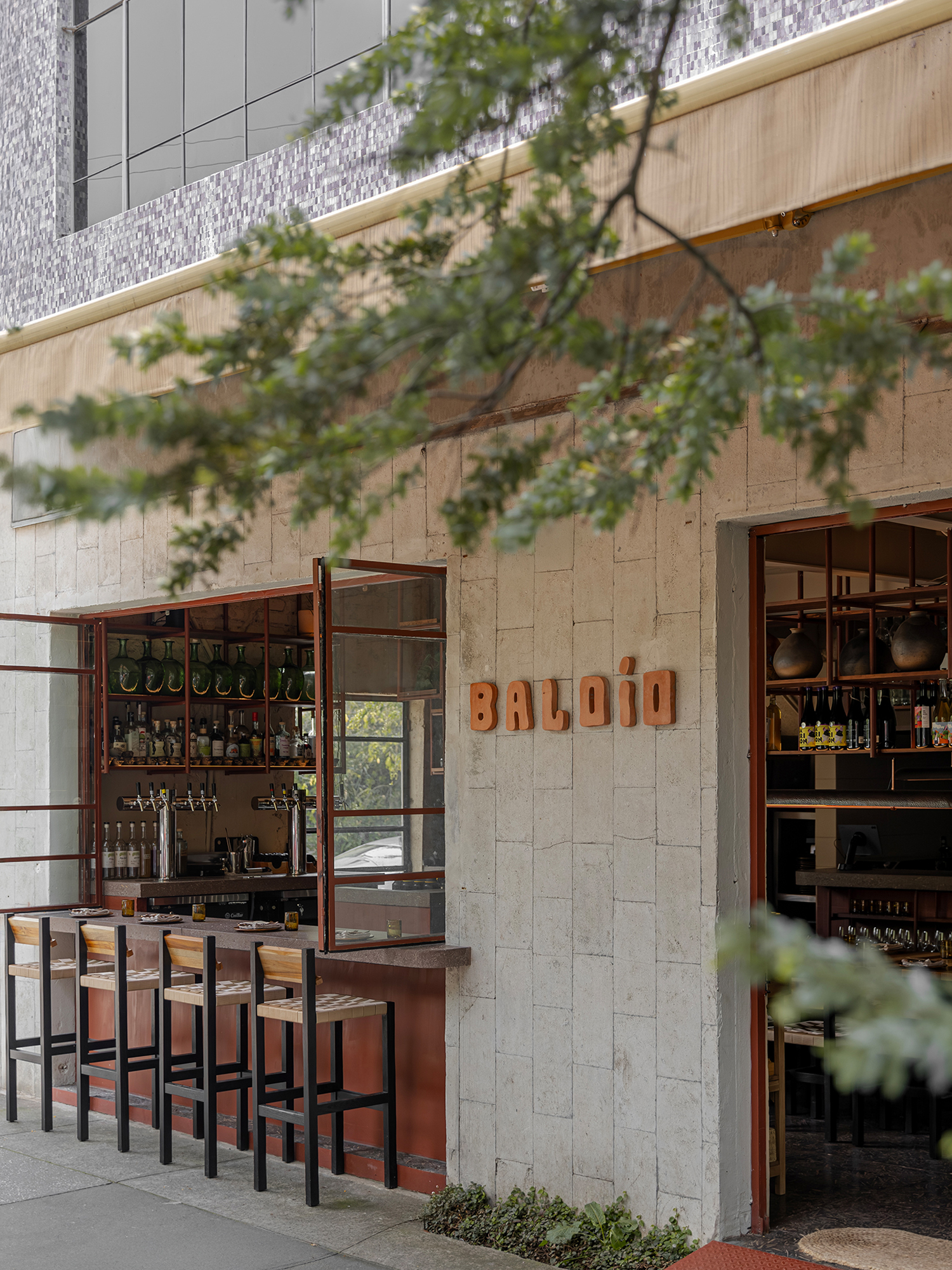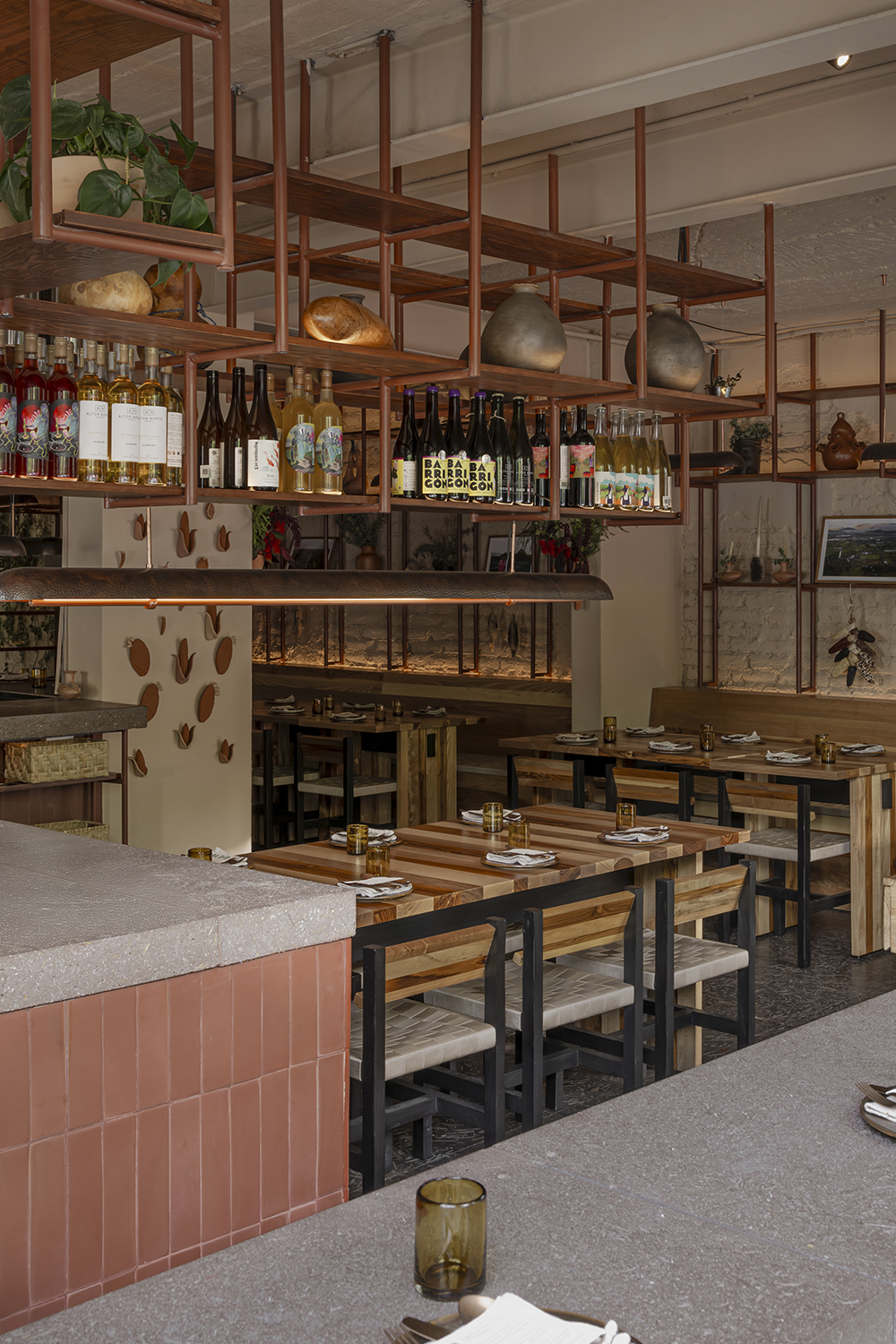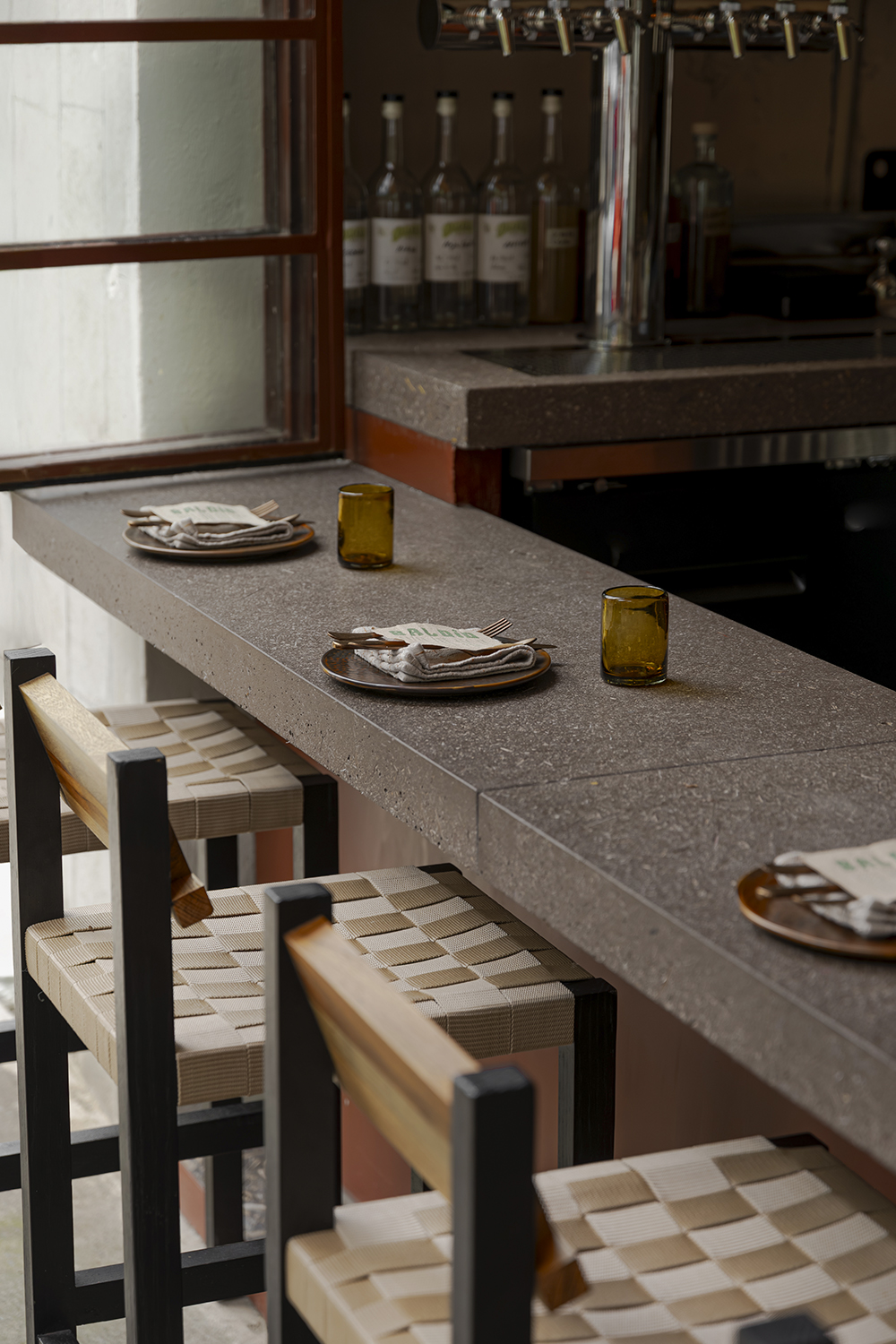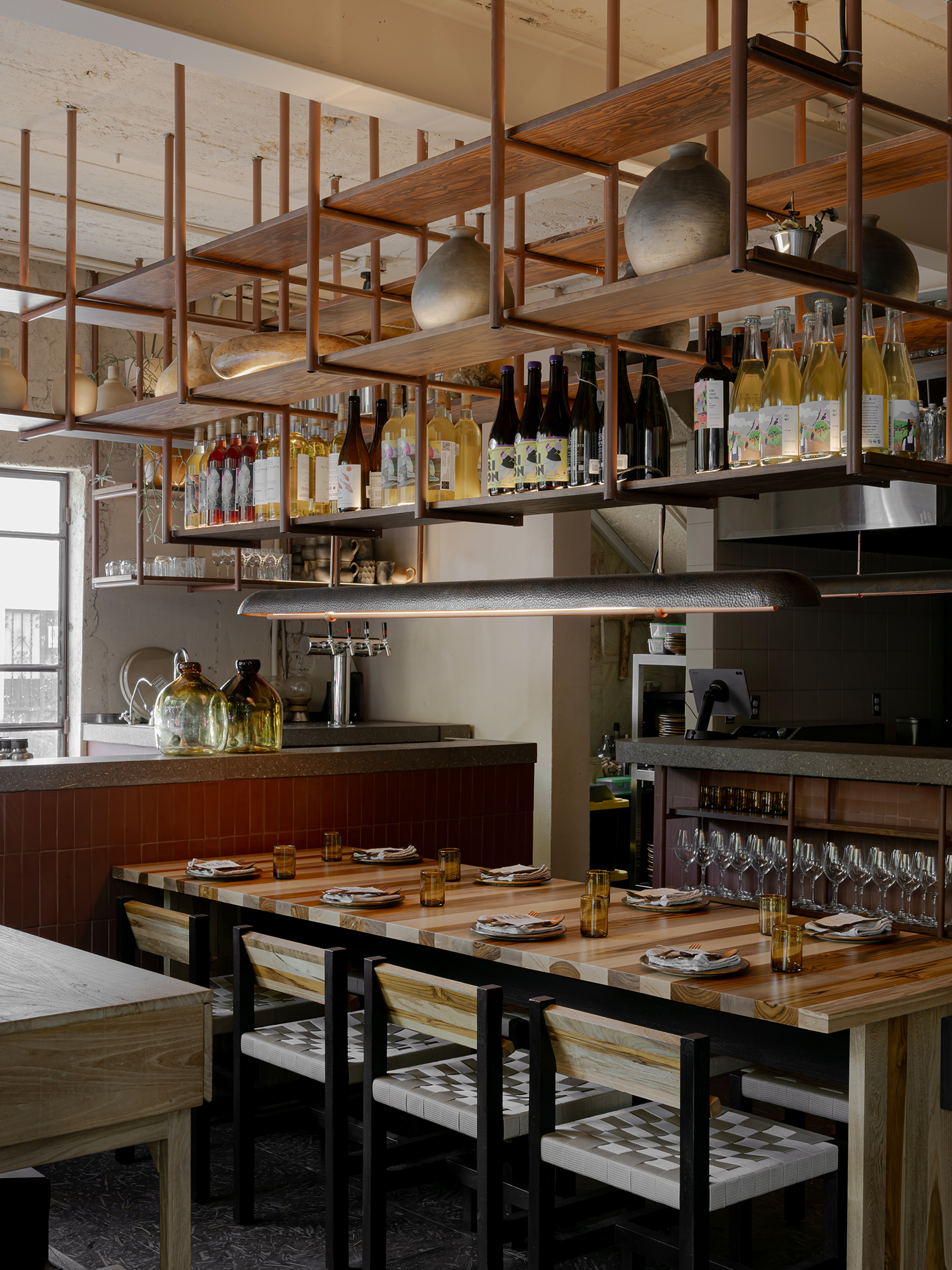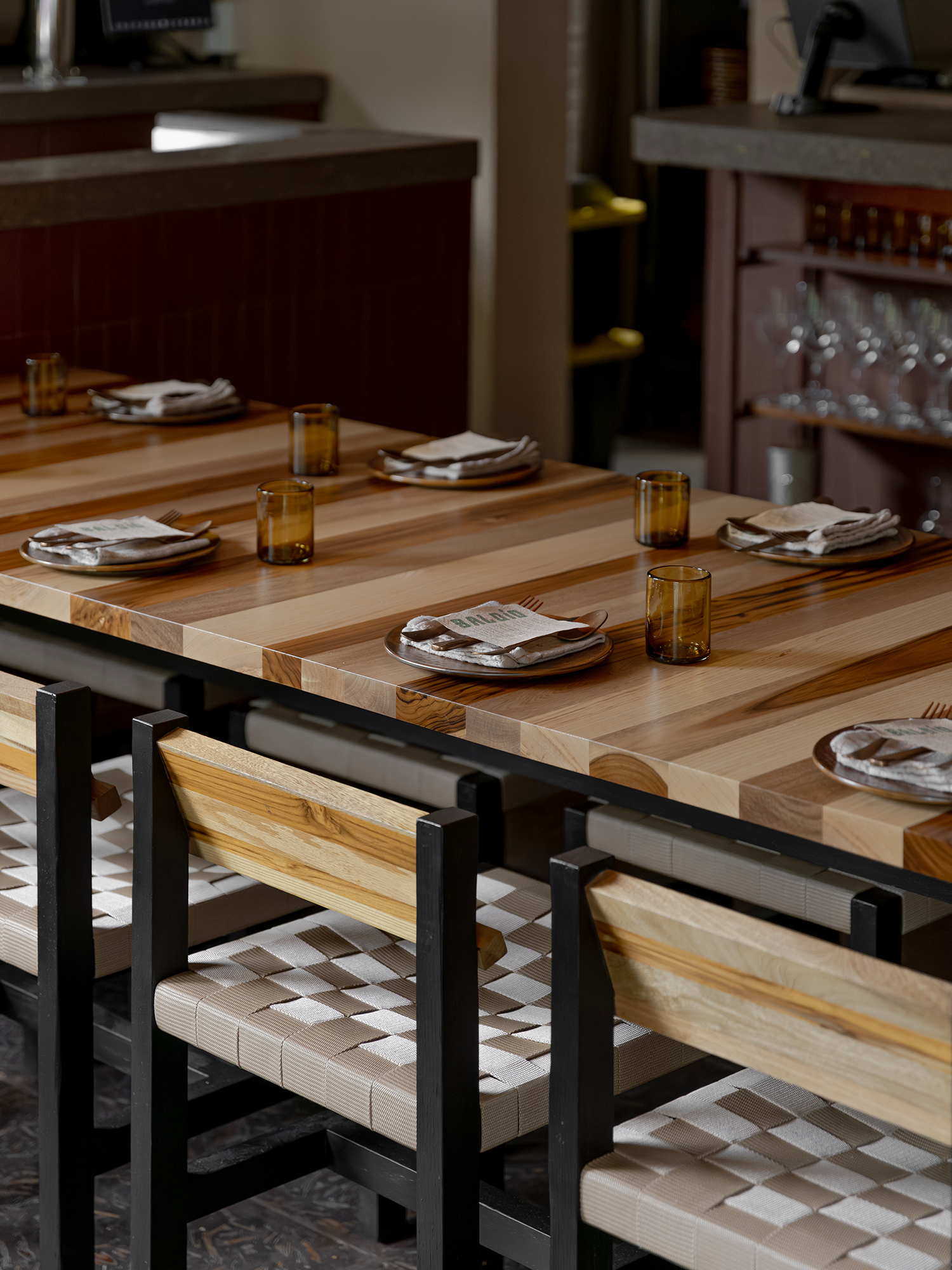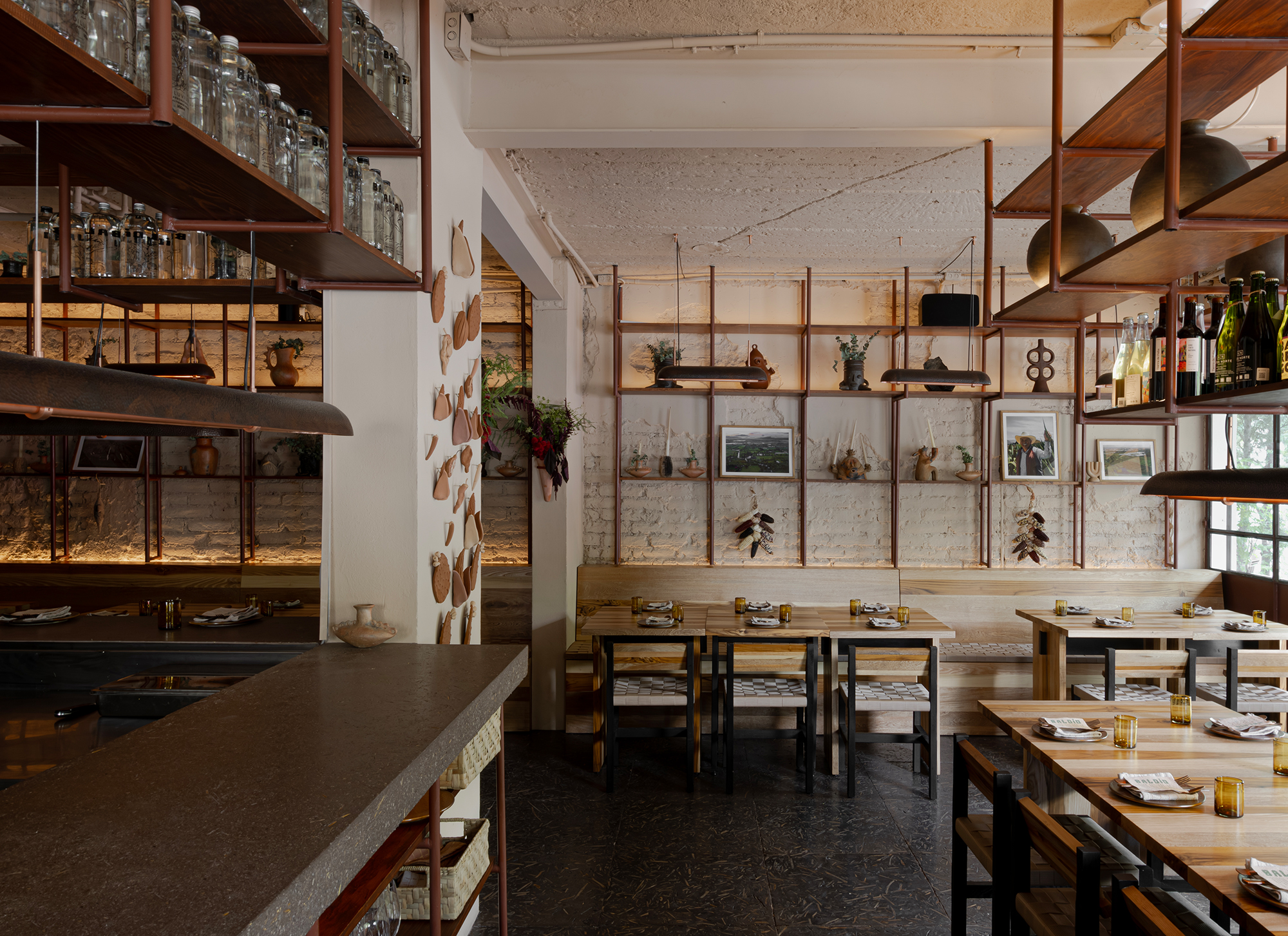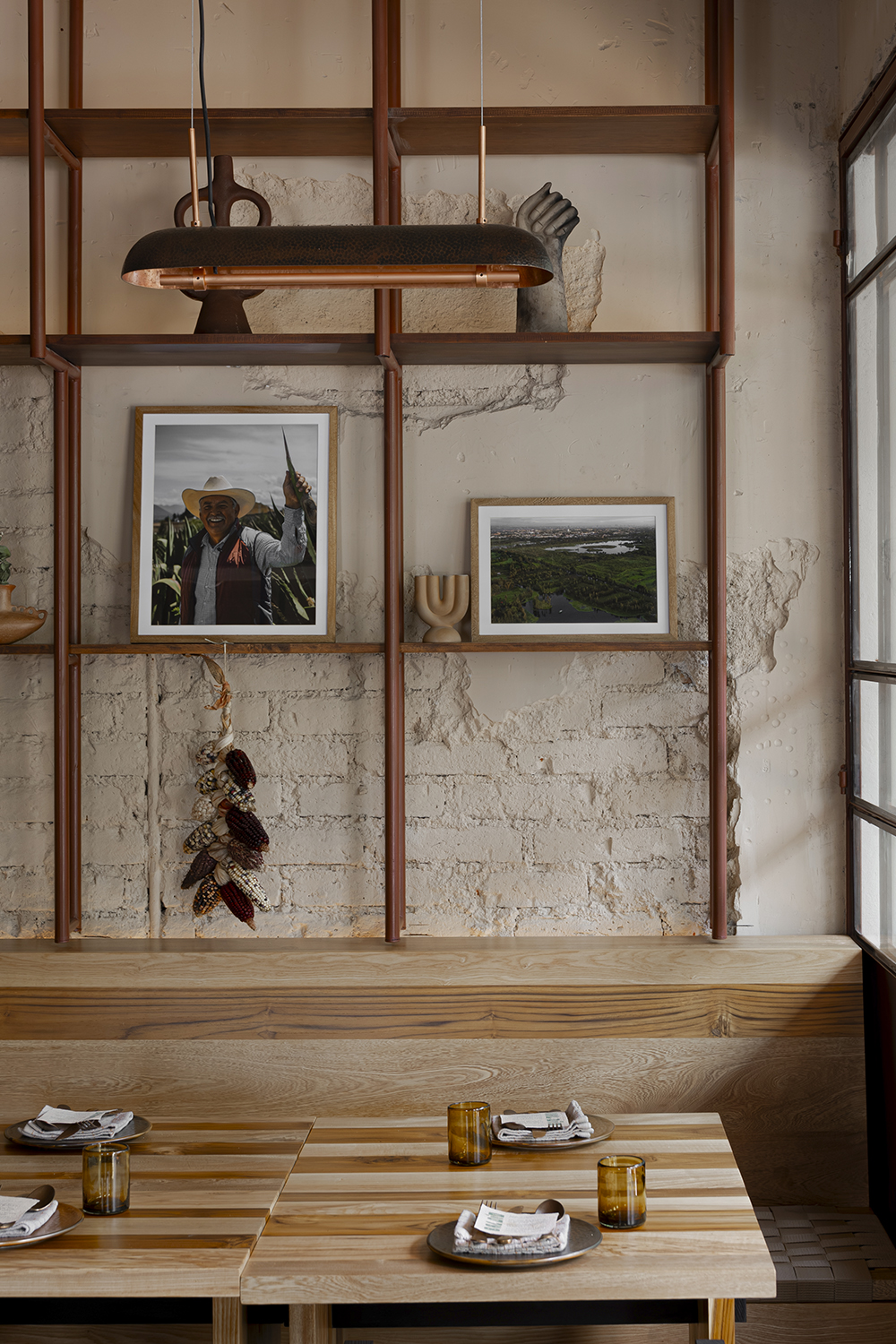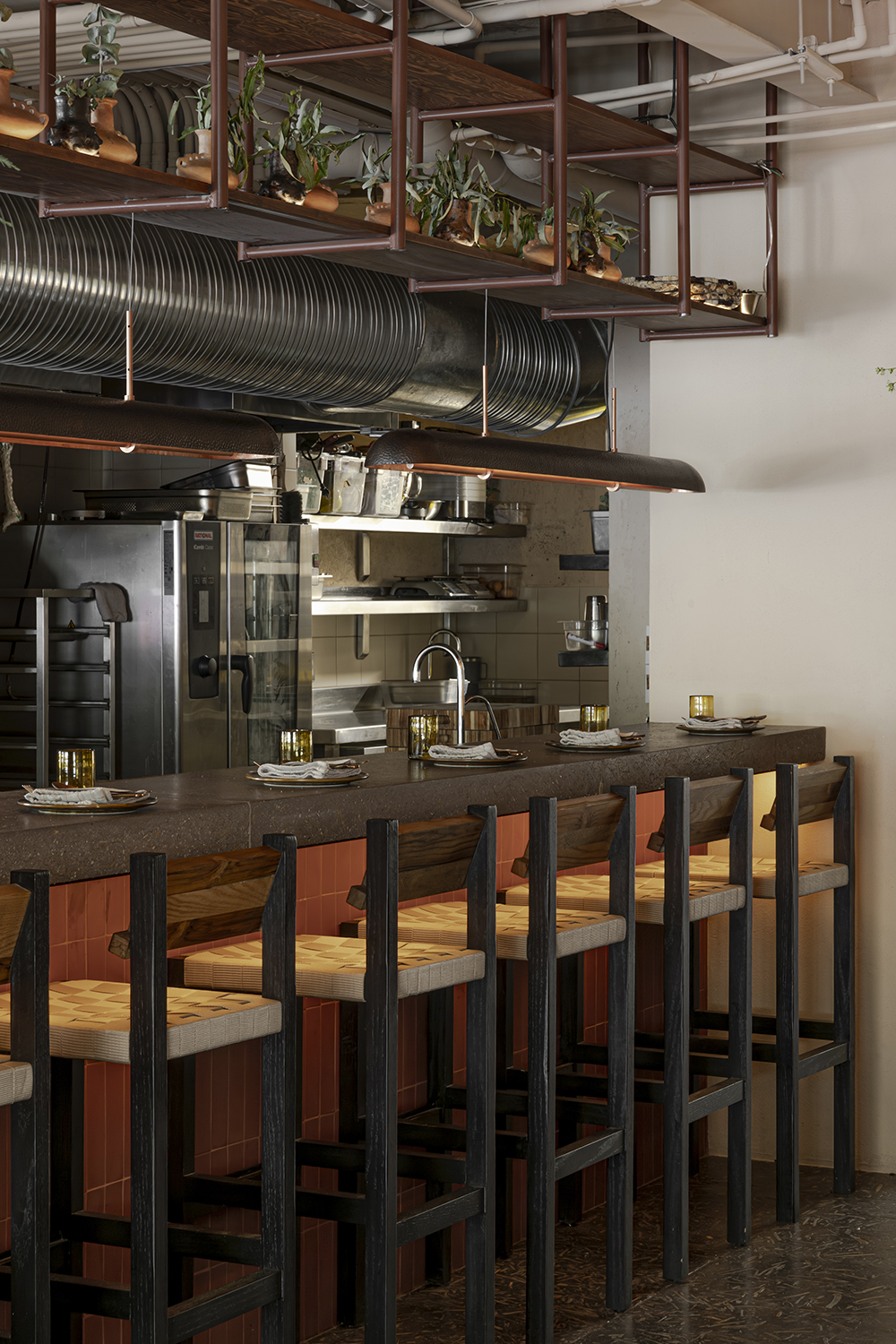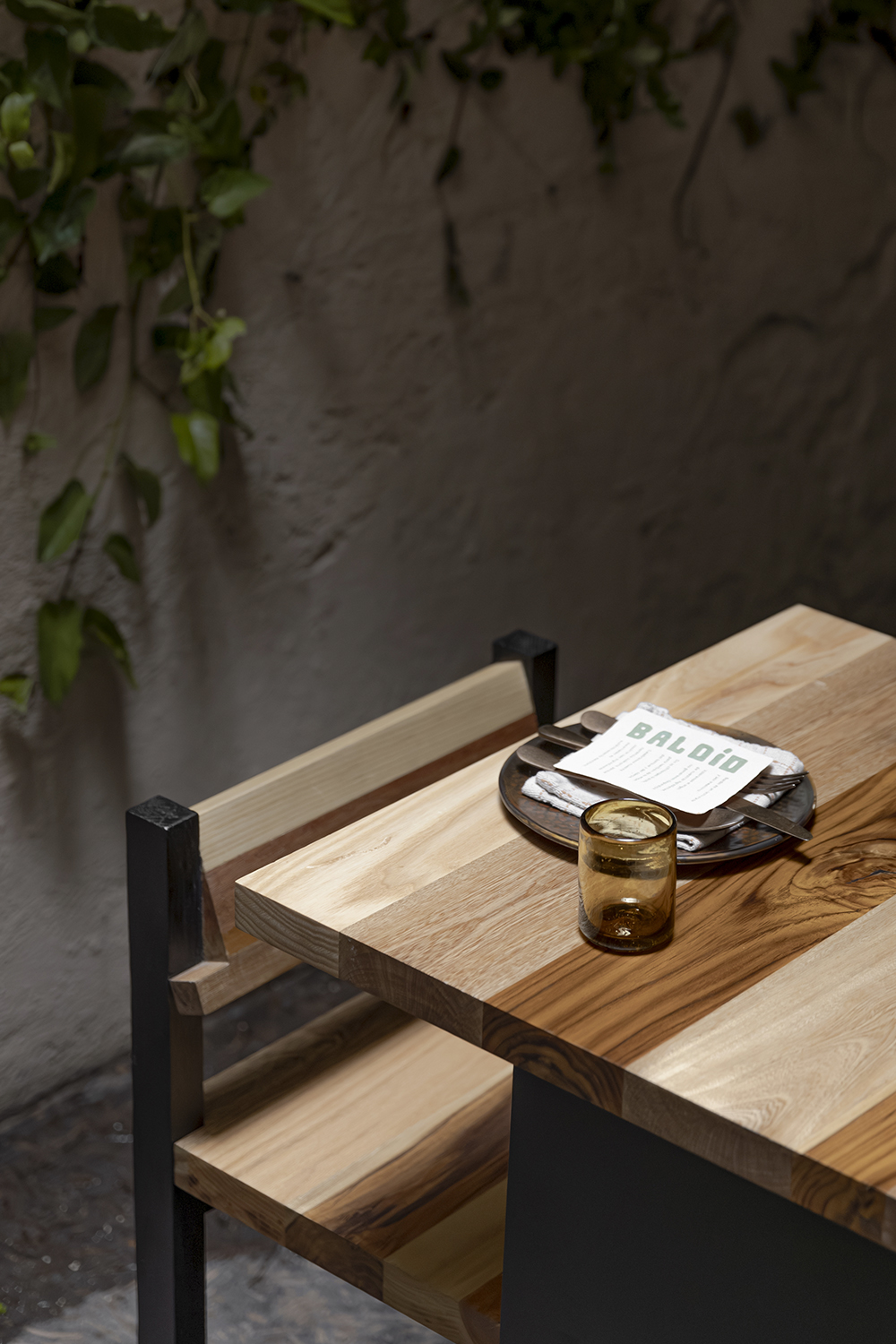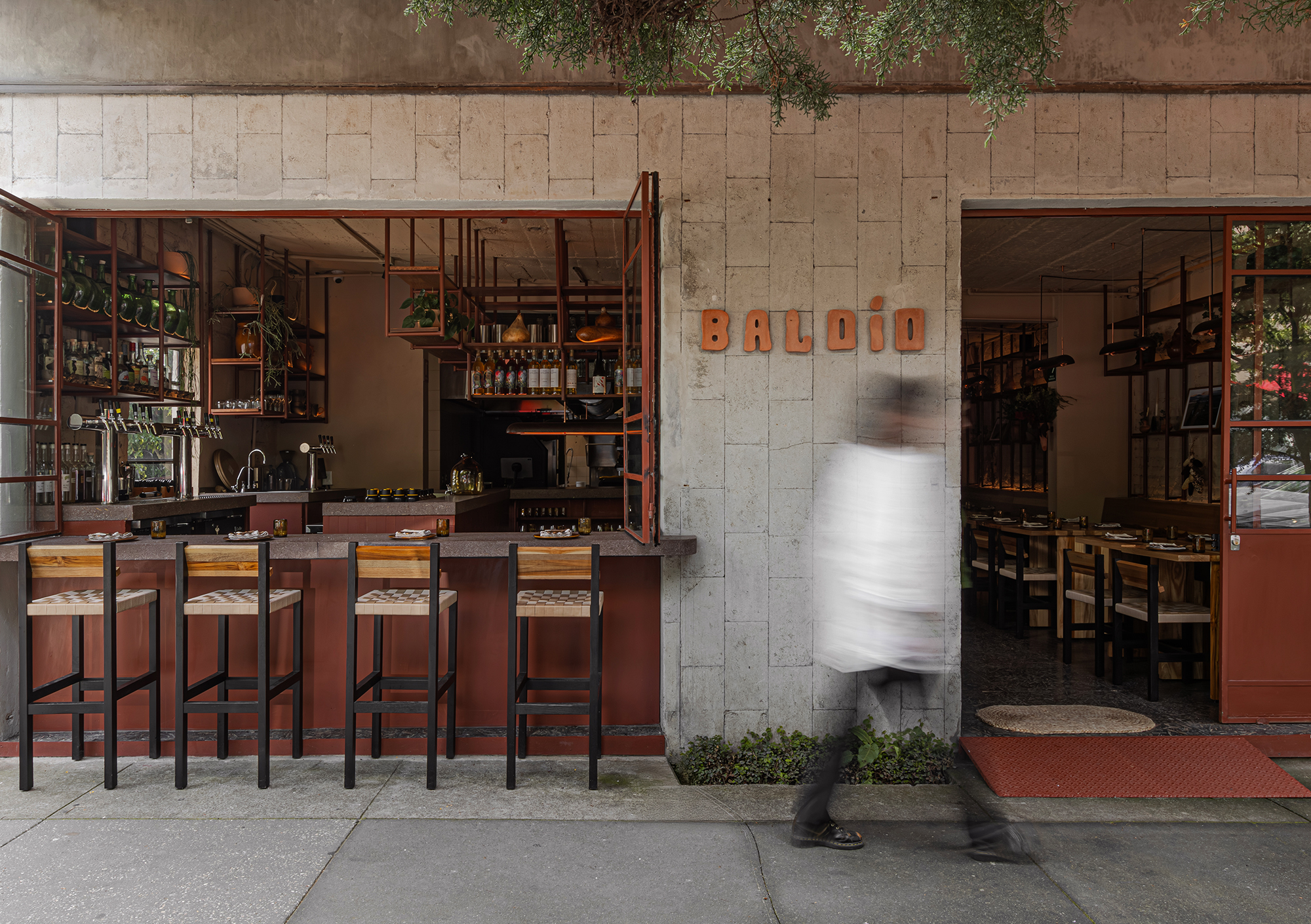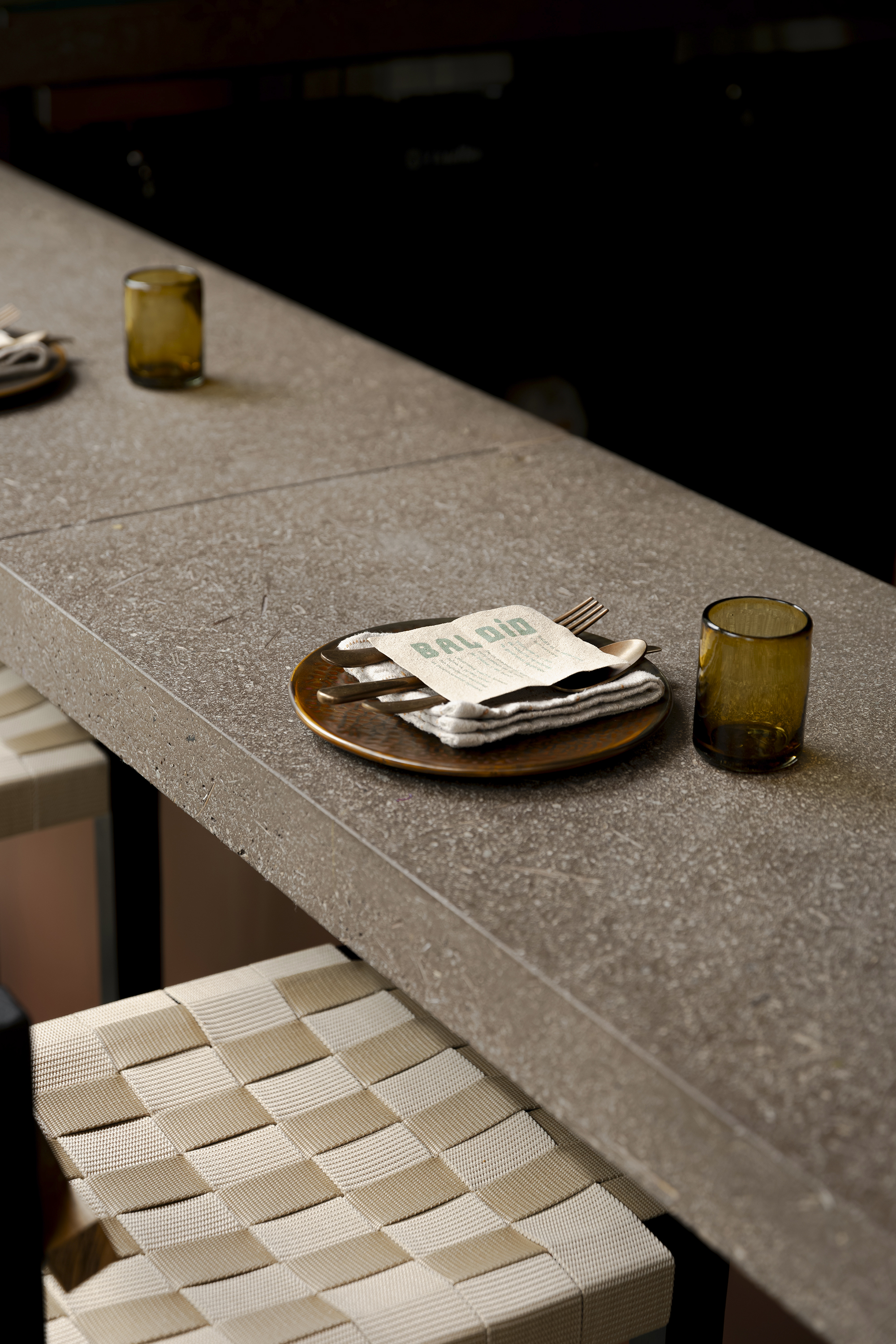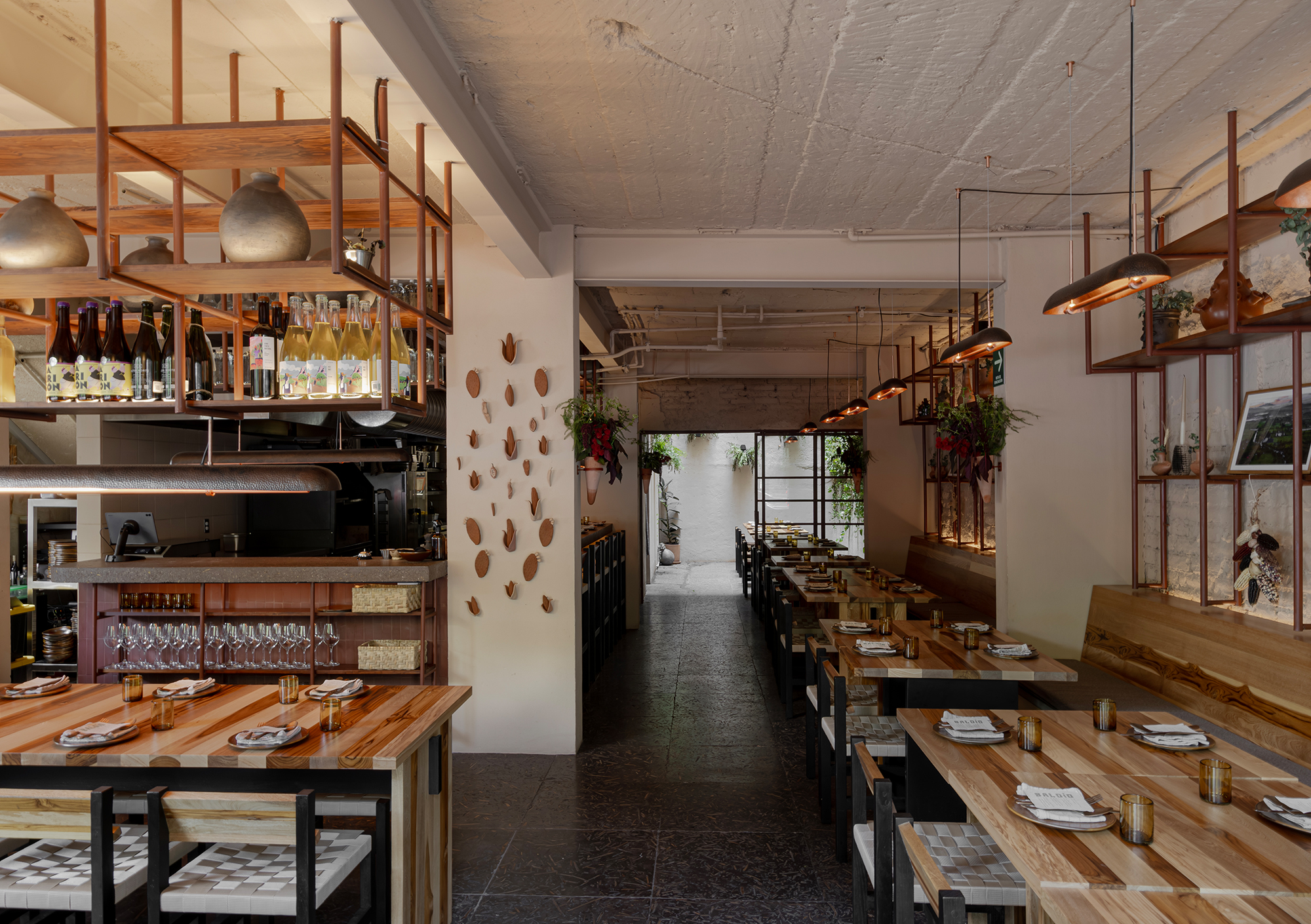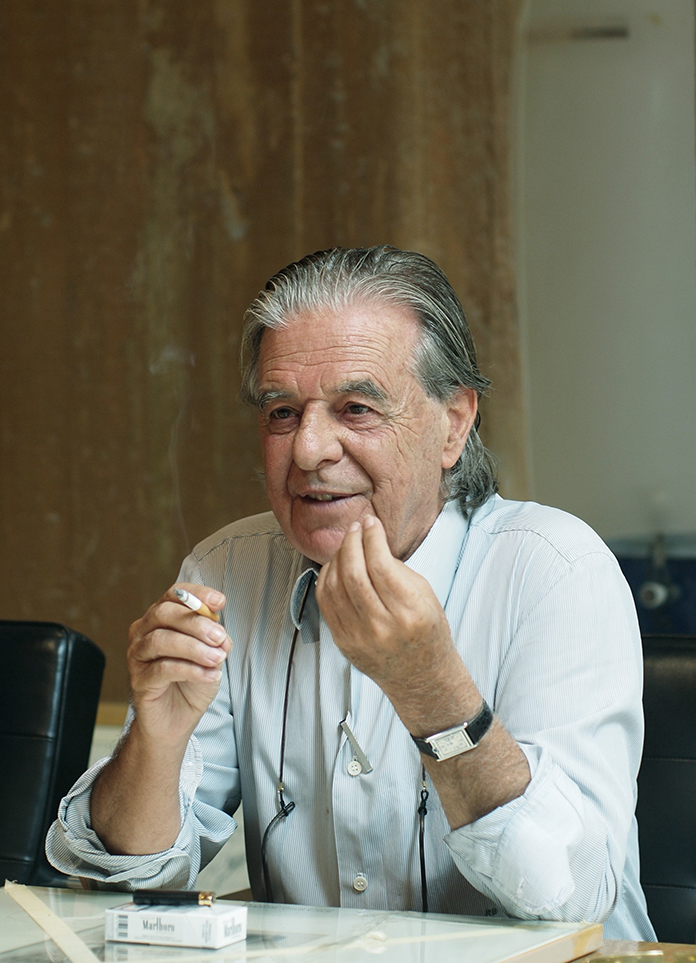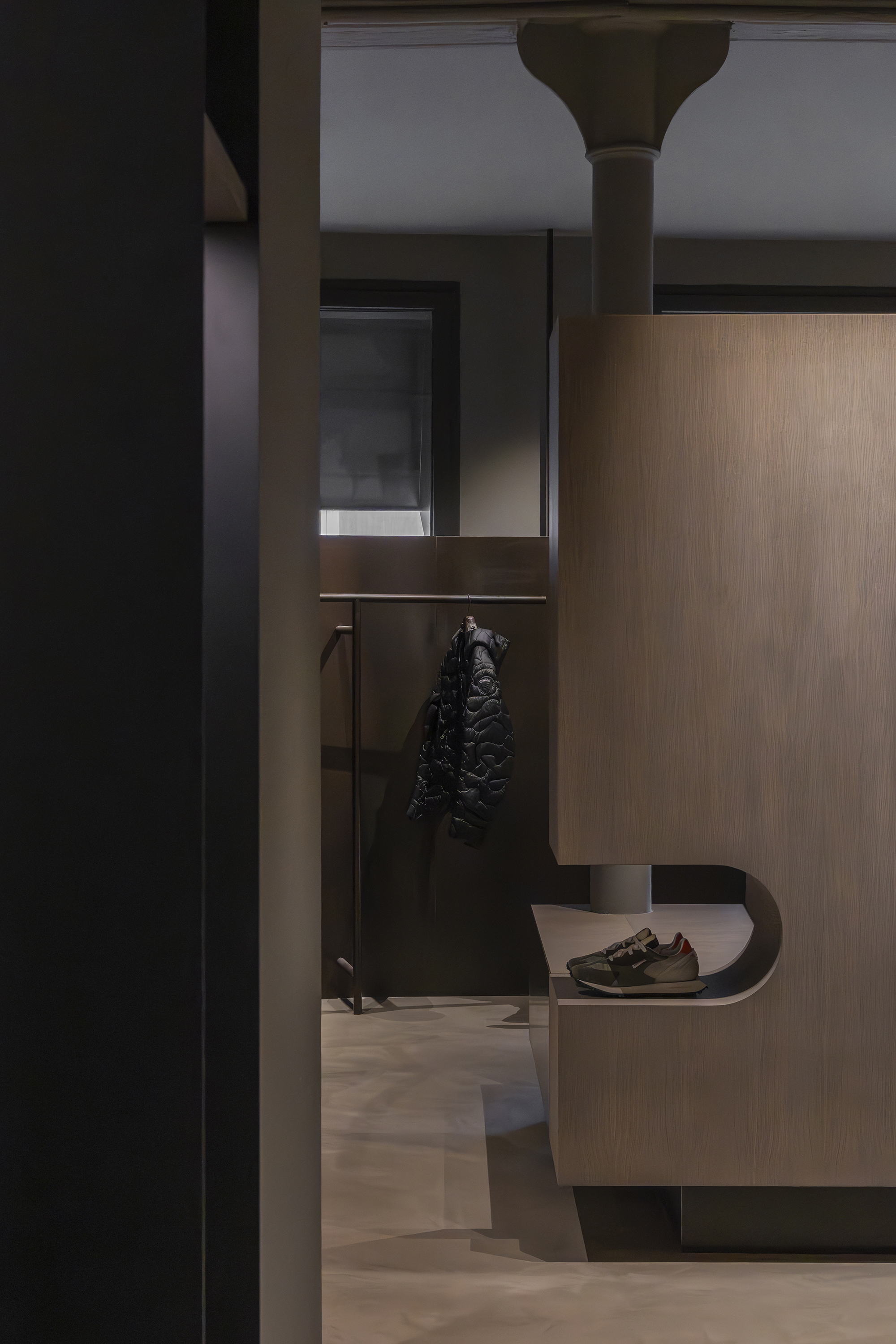In Mexico City,Baldío is much more than a restaurant:it is a statement of principles centered around sustainability,where every decision,from its architectural design to its culinaryconcept, isdeeply rooted in respect for both urban and natural environments.Its creators envisioned a space that not only offers an unforgettable dining experience but also inspires reflection on the conscious use of resources and the environmental impact of our everyday choices.
From its inception,Baldío was designed as a meeting point between nature and the city, where materials speak of cycles, transformations and second chances. Much of the furniture and decorative elements are crafted from recycled wood and repurposed materials,salvaged from previous contexts to give them a new life.These decisions not only minimize the ecological footprint of the space but also weave a narrative that connects visitors to the importance of preserving and reusing existing resources.
At Baldío,aesthetics and functionality convergeto create a warm and authentic atmosphere.The restaurant stands as a reminder of the value of long- term resource preservation while inviting guests to enjoy an experience that transcends the culinary,embracing reflection,creativity,and environmental care.
